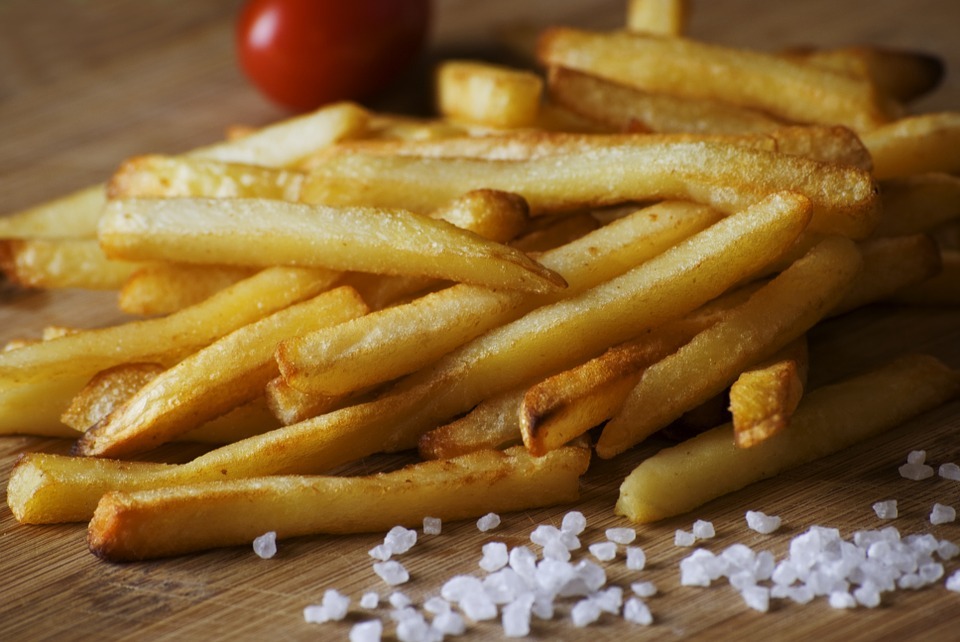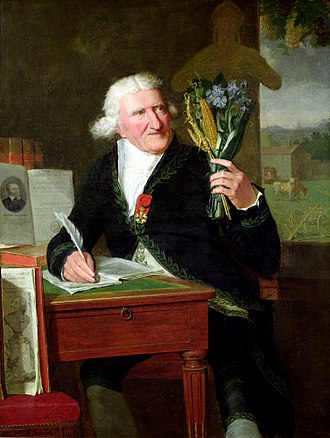The French fry has become a fast-food staple over the years, and even high-end restaurants have their own twists of how to add flavor and texture to this delicious snack or side dish. Its popularity is steadily increasing, and more and more people around the world are having a taste of its saltiness and slight sweetness.
However, while many eaters eat French fries almost every day, most of them probably don’t know where the dish came from, and why they are even called “French” fries. Here is the history of how French fries came to be.
Spanish Origins
Historians have argued for years about which country invented the fries: France or Belgium. But many agree that Belgians were the ones who have fried potatoes first before the French, but potatoes were not cultivated in Belgium until the Spanish introduced it to the country.
During the voyage to Colombia of several Spanish men led by Jimenez de Quesada in 1537, they discovered a strange vegetable that grows underground, and this vegetable was named “potato.” After they went back to Spain, the Spanish then started selling or exporting potatoes to the Italians after they have successfully cultivated it in their country, and the Spanish continued to promote their product to other countries, including Belgium and possibly France.
However, the taste of the potato back then was quite different from the flavor of the potato today, as is it bitter and significantly smaller than the modern potato. But the root vegetable eventually became larger and less bitter thanks to the advancement of cultivation that allows farmers to manipulate the taste and shape of their produce.
Belgian Fried Potato
Despite the gradually improving taste of the potato, the vegetable was not received well in several parts of Europe during the 17th to 18th centuries. Diseases were rampant in Europe after the 16th century, and many people were afraid of eating potatoes as they believed that the foreign and peculiar vegetable is one of the causes for the illnesses that some townsfolk are suffering from.
Those who belong to the poorest class in Belgium, and possibly other countries in Europe, could only have potatoes if they don’t have enough money to buy food or if they don’t get fish in the winter seasons.
It is believed that the Belgians were quite fond of fried fish during that period, as the sea creatures are abundant in the bodies of water surrounding the country, making them convenient sources of food. However, when the water at the top of these lakes and rivers turn into ice during winter, it is difficult for some Belgians to get fish from them. As an alternative, Belgians would slice potatoes into long pieces and serve it as food for lunch and dinner.
Rise of the Potato in France
While the Seven Years Wars in Europe was going on from 1756 to 1763, a French army pharmacist named Antoine-Augustin Parmentier was taken as a prisoner by Prussian soldier and was forced to eat potatoes while in his cell. As mentioned before, the potato during the 18th century is considered a disease-carrying vegetable that is not suitable for consumption, with France even banning its cultivation.
But since Prussia had a lot of potatoes in its land, mainly due to the fact that their ruler, King Frederick II, ordered peasants to cultivate the vegetable, the country would serve potatoes as food for pigs and as prison food for punishment and keep supplies of better foods to the people outside prison.
Eventually, Parmentier learned how to cultivate the potato while in prison, and he has subsequently concluded that the vegetable does not bring any disease to the body after showing that he did not contract any illnesses even if he is eating potatoes regularly.
After he was released from prison, Parmentier launched a campaign in 1772 to promote potatoes as an excellent and cheap food source for the French people. Once he has proved that potatoes are healthy, the Paris Faculty of Medicine declared the vegetable is edible that same year that Parmentier started his campaign.
But the people during that time were still not convinced that potatoes do not bring diseases. As the opposition for potatoes is still strong, Parmentier was prevented from cultivating the vegetable on his garden at the Invalides hospital, as the people who owned the land did not want potatoes to be grown there.
Parmentier then began several publicity stunts disguised as parties to entice the elite and several leaders of other countries to eat potatoes, as he believes that by letting the politicians and nobles consume the vegetable, he will be able to convince the ordinary people who wanted to eat the same food as their leaders to like potatoes as well. Some notable people that Parmentier invited into his potato parties include King Louis XVI, Antoine Lavoisier, and Benjamin Franklin.
Another stunt that Parmentier conducted was hiring guards to protect a small field of potatoes, which was given to him by King Louis XVI in 1787, to fool the people into thinking that the vegetable growing there is highly valuable. Parmentier then allowed the guards to take bribes from people to get potatoes in the field and to let thieves steal vegetables as long as nobody gets hurt.
The potato turned into a common food source for the French in 1785 after the food supply for the country went down during a famine.
Worldwide Fries
Because of Parmentier’s potato campaign, several leaders from countries around the world have taken notice of the great flavor of potatoes, which prompted some of them to bring it back to their home countries and cultivate it there. One of these leaders who have liked the taste of potatoes was Thomas Jefferson, who served as the American Minister to France from 1784 to 1789.
One time, when he was the president of the United States, he asked a chef at the White House to follow his handwritten fried potato recipe, which he named “potatoes served in a French manner.” But the recipe states that the potato should be sliced horizontally and not vertically to make sticks.
Because of Thomas Jefferson’s recipe, sliced and fried potatoes eventually became known as “French fried potatoes,” but between the 1920s and 1930s, Americans dropped the “potatoes” in the dish’s name and simply called it “French fries.”
Despite originating from Europe, the French fries have become more popular in the United States due to the dish being sold in various fast food restaurants like McDonald’s, Burger King, and Wendy’s, which currently serve as symbols of American culture. With these chains having branches in areas outside the US, many people became aware of the French fry craze, and it eventually became the most ordered food item in all fast-food restaurants.


